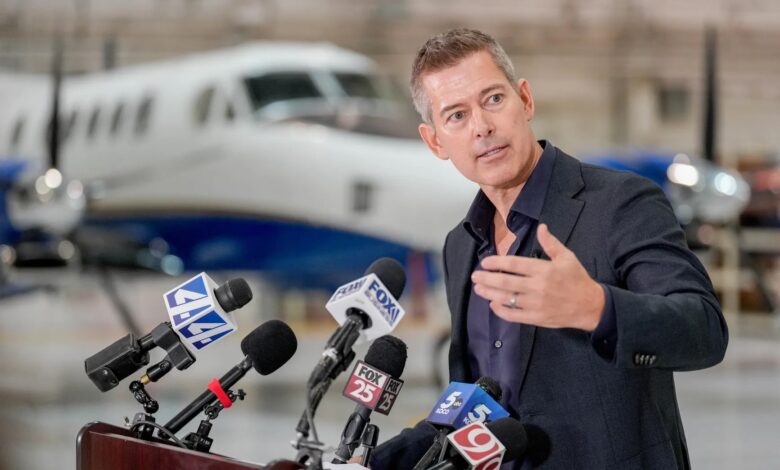U.S. Transportation Secretary Addresses Air Traffic Controller Shortage
U.S. Transportation Secretary Sean Duffy has unveiled a comprehensive plan to address the longstanding shortage of air traffic controllers, a critical issue impacting flight schedules and aviation safety.
Key Components of the Plan:
- Increased Hiring: The Federal Aviation Administration (FAA) is set to expedite the recruitment process, aiming to fill numerous air traffic controller positions promptly. Applications are being accepted from February 27 through March 17, with efforts to streamline hiring procedures to reduce delays.
Salary Enhancements: To attract qualified candidates, the FAA will implement a 30% increase in starting salaries for new controllers. This adjustment positions the role as both financially rewarding and vital to national infrastructure.
- Training Improvements: The FAA plans to reduce training durations by four months, enabling faster integration of new controllers into the workforce while maintaining rigorous safety and performance standards.
Industry and Expert Reactions:
- Airlines’ Support: Major U.S. airlines have expressed strong support for the initiative. Delta Air Lines and JetBlue Airways commend the administration’s proactive measures to enhance air traffic control staffing, recognizing the positive impact on reducing delays and improving operational efficiency.
Expert Insights: Aviation safety consultants emphasize that, despite recent incidents, air travel remains one of the safest modes of transportation. They note that addressing staffing shortages is crucial for maintaining this safety record and ensuring the efficiency of the National Airspace System.
Challenges and Considerations:
- Retirement Regulations: Current U.S. regulations mandate air traffic controllers to retire at age 56, with possible extensions only up to age 61. This policy limits the potential for rehiring retired controllers to address immediate staffing needs.
Technological Upgrades: Alongside staffing enhancements, the FAA is seeking Congressional funding to modernize its technology infrastructure. Upgrading outdated systems is essential for improving efficiency and safety in air traffic management.
Secretary Duffy’s initiative represents a significant effort to bolster the air traffic control workforce, aiming to enhance the safety and reliability of the U.S. aviation system. By addressing both staffing and technological challenges, the Department of Transportation seeks to ensure that the National Airspace System can effectively meet current and future demands.





